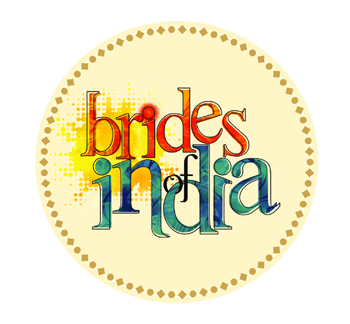-
Home2023 EditionEditionEditionCelebration brideCelebration BrideRoyal bride5Fashion brideFashion Bride


Colonial Age
- HOME
- Royal Wedding
- Colonial Age
BackRituals
The royal English brides arrived at the venue of the wedding in a horse-drawn carriage mostly. The bride led the procession down the aisle with her bridesmaids in tow after arriving unescorted by ushers, who stand at the front of the church with the groom. Queen Victoria’s daughter (also named Victoria), set off a tradition of opting for the ‘Bridal March’ as the song to walk down the aisle at her wedding in 1858. Queen Victoria carried myrtle—known as the herb of love—in her bouquet when she married Prince Albert in 1840. She planted a myrtle shrub in her garden at Osborne House on the Isle of Wight after the wedding. It has been customary for every British royal bride since to carry a sprig plucked from the same shrub in her bouquet. The late Queen had introduced a tradition of leaving the bouquet in Westminster Abbey at the grave of the Unknown Warrior to honour the armed forces. The Choir of Westminster Abbey, the Chapel Royal Choir, the London Chamber Orchestra and other royal bands performed various selections which included well-known hymns and choral works, as well as some specially-commissioned pieces back then and even continue to when there is a royal wedding. The ceremony was mostly divided between three officiants: the Dean of Westminster conducting the service, the Archbishop of Canterbury presiding over the vows, and the Bishop of London giving the address. British weddings were and are mostly held at noon followed by a ‘wedding breakfast’ which included the tradition of a fruit cake. The couple then appeared on the Buckingham Palace balcony to acknowledge the crowds (still do). Gold dominated the Victorian era. Precious gemstones were in demand as were diamonds which either became the centerpiece or provided the backdrop for stones like garnet, emerald, sapphire and topaz.Useful Links Scheme Payment(India only)
Make an Appointment Build your Custom Jewellery Smart Buy Offers New Arrivals Exclusive CollectionCustomer ServiceMalabar Gold & Diamonds
402, Valecha Chambers, Plot No. B-6,
New Link Road, Opp. Infinity Mall,
Andheri (W) ,
Mumbai - 400053. +91 22 62300916 care.in@malabargoldanddiamonds.com













